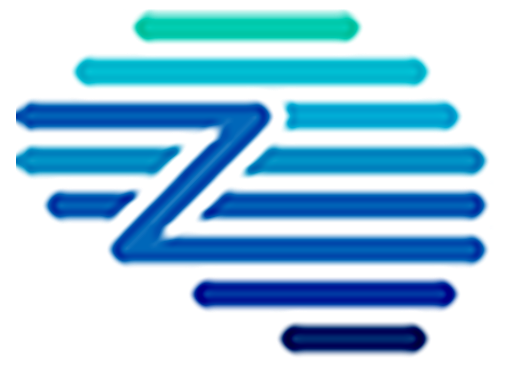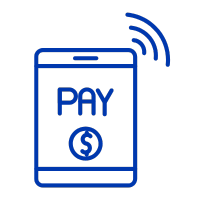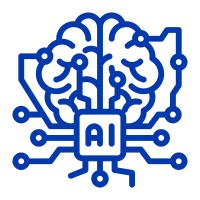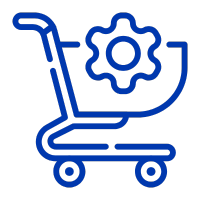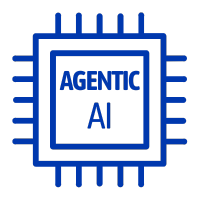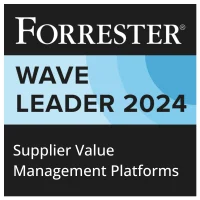A Procurement Company refers to a business entity that specializes in acquiring goods and services required for another organization’s operations. It manages the procurement process, ensuring efficiency and cost-effectiveness by leveraging expertise in supplier negotiation, contract management, and market analysis to optimize purchasing strategies. The goal is to ensure that client organizations receive their required resources while maximizing value and aligning with strategic objectives.
Key Benefits
– Elevate Strategic Role: Transition from focusing solely on cost-saving metrics to becoming a central driver of innovation, risk management, and strategic decision-making within the organization.
– Unlock Unprecedented Value: By leveraging AI, achieve greater savings and efficiency, transforming procurement from a transactional function into a strategic powerhouse that consistently delivers high value.
– Enhance Risk Management: Use predictive AI technologies to foresee supply chain disruptions and proactively mitigate risks, ensuring seamless procurement operations.
– Drive Supplier Innovation: Encourage close collaboration with suppliers to foster innovation that benefits both parties, creating a more dynamic and adaptive procurement ecosystem.
– Attract and Retain Top Talent: Automating routine tasks allows procurement professionals to focus on strategic, rewarding work, making the function more attractive to high-caliber talent.
These benefits demonstrate how AI and strategic procurement can transform organizational capabilities and outcomes.
Related Terms
– Elevate Strategic Role: Transition from focusing solely on cost-saving metrics to becoming a central driver of innovation, risk management, and strategic decision-making within the organization.
– Unlock Unprecedented Value: By leveraging AI, achieve greater savings and efficiency, transforming procurement from a transactional function into a strategic powerhouse that consistently delivers high value.
– Enhance Risk Management: Use predictive AI technologies to foresee supply chain disruptions and proactively mitigate risks, ensuring seamless procurement operations.
– Drive Supplier Innovation: Encourage close collaboration with suppliers to foster innovation that benefits both parties, creating a more dynamic and adaptive procurement ecosystem.
– Attract and Retain Top Talent: Automating routine tasks allows procurement professionals to focus on strategic, rewarding work, making the function more attractive to high-caliber talent.
These benefits demonstrate how AI and strategic procurement can transform organizational capabilities and outcomes.
References
For further insights into these processes, explore Zycus’ dedicated resources related to Procurement Company:
- Source-to-pay – The Cross Functional Way
- Gaining Actionable Insights with Zycus Accounts Payable (AP) ROI Calculator
- Transforming Procurement: The Power of e Procurement Tools
- Procurement Leadership Essentials: Strategic Insights on transforming procurement
- Microsoft & Zycus: Transforming Procurement with AI at Horizon US 2024
White Papers
Master the UK Procurement Act 2023: Ensure Compliance & Drive Procurement Excellence

Filter by
Compliant Invoicing
Compliant Invoicing refers to the process of generating, submitting, and managing invoices in adherence with legal, regulatory, and contractual requirements.
Continuity Plan
A Continuity Plan is an organized set of policies and procedures designed to ensure that a company’s essential operations can
Cost Modeling
Cost Modeling in procurement refers to the analysis and estimation of the total cost of ownership of a product or
Contract Audit
Contract Audit is a systematic evaluation of agreements and related documentation to ensure compliance with contractual terms, identify discrepancies, and
Procurement Cycle
The Procurement Cycle refers to the end-to-end process through which an organization identifies its needs, sources suppliers, negotiates contracts, places
Procurement Master Data Management
Procurement Master Data Management is the disciplined approach to managing core, consistent procurement information, including supplier, product, and contract data,

